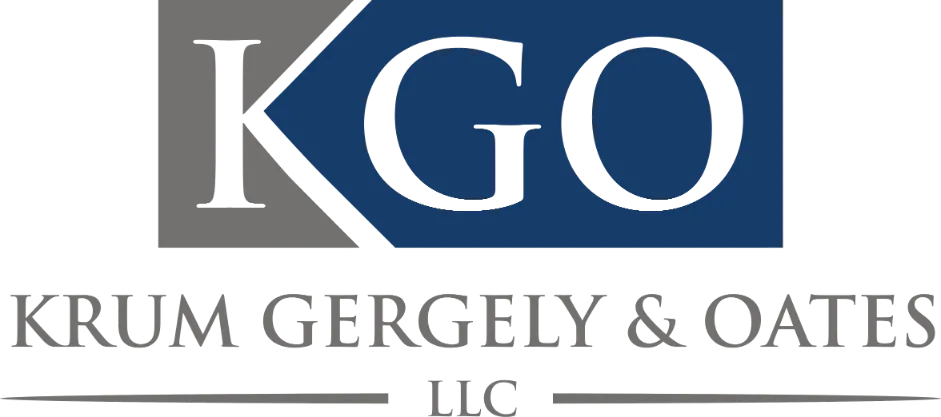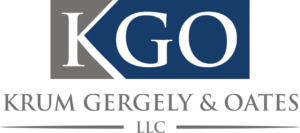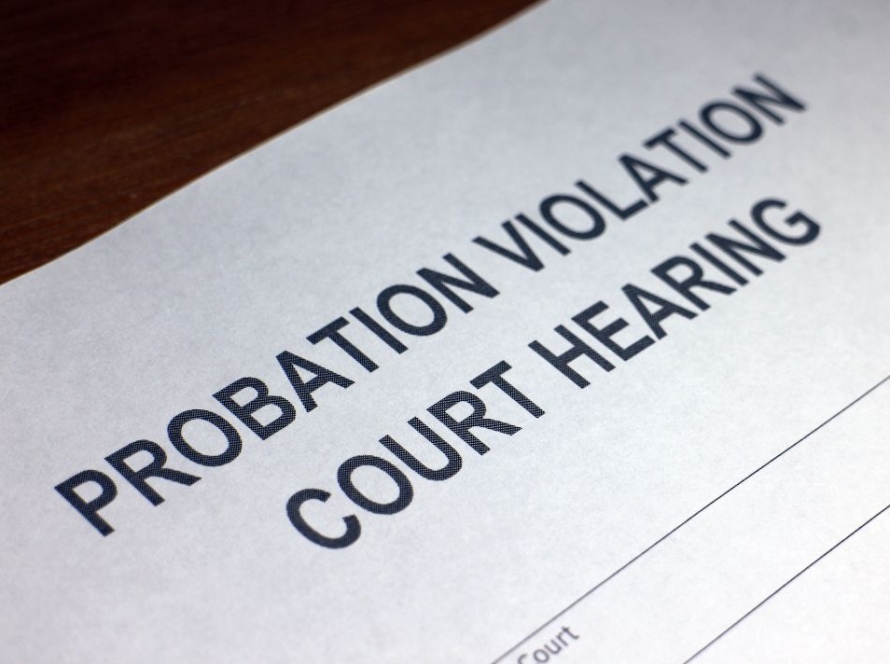Intersection car crashes are one of the most common categories of motor vehicle accidents that occur on the roads. According to the United States Department of Transportation, crashes and collisions that take place at or in an intersection make up just under fifty percent of all motor vehicle accidents nationwide and an even greater percentage of those that happen within urban areas like DC, Maryland, and Virginia.
Not only do these types of accidents occur at an alarming frequency, but they frequently result in serious and life-threatening injuries to the drivers, passengers and pedestrians involved. If you or a loved one has suffered injuries in an intersection car crash caused by the negligence of another, it is important that you get help from an experienced personal injury attorney who can fight for you and protect your rights to the fullest extent possible.
Causes of Intersection Accidents in DC, Maryland, and Virginia
“Vehicle collisions often occur at intersections because these are the locations where two or more roads cross each other and activities such as turning left, crossing over, and turning right have the potential for conflicts resulting in crashes.” – National Highway Traffic Safety Administration (NHTSA).
Intersections can be a dangerous place to be in DC, Maryland, and Virginia and the NHTSA has found that roughly 96% of intersection accidents are a result of mistakes made by drivers. Internal distractions and inattention to or misjudgment of traffic conditions, timing, and road spacing can lead to unsafe maneuvers that have severe consequences. Some of the most common driver errors that result in serious intersections involve failing to yield the right-of-way.
Examples of the common such mistakes are:
- Failing to yield to traffic at a 2-way stop sign. Often smaller or “unfavored” roads intersecting with main or “favored” highways are required to stop and yield to traffic traveling through the intersection on a main highway. A driver who fails to yield to intersecting traffic with the right-of-way may risks colliding with a vehicle crossing the intersection at the same time.
- Mistakenly assuming the actions of another driver approaching an intersection and failing to properly yield the right-of-way. For example, a driver may think that a vehicle approaching an intersection will turn right at the intersection and, therefore, not cross through. This assumption could lead to a serious collision if the vehicle continues through the intersection.
- Misjudging the speed of a motor vehicle approaching an intersection. Drivers in a traffic position that requires that they yield to intersecting traffic may observe that a vehicle with the right-of-way is going slower than it is. This misjudgment often leads the driver to believe they have more time to enter or cross the intersection than they actually do result in a collision.
Aggressive driving and illegal maneuvers made by motor vehicles are often to blame for intersection crashes. Contributing circumstances and behaviors that we commonly see are listed below:
- Ignoring a stop sign and failing to stop for intersecting traffic.
- Running a red light.
- Ignoring a yield sign.
- Attempting to turn right on red without first yielding to traffic crossing the intersection on a green light.
Common Injuries of Victims Involved in Intersection Crashes
Misconduct and/or miscalculations at or in an intersection can lead to serious personal injury damages. Given the nature of intersections and the fact that they are most often controlled by traffic signals (stop signs, stop lights, and yield signs), vehicles and pedestrians relying on surrounding drivers’ compliance with those signals are frequently traveling through the intersection are frequently traveling at higher speeds when collisions do occur. Further, the accidents that do occur often involve T-bone style collisions, which generally means that the front of one vehicle slams into the side of the other. Drivers and passengers of a vehicle that is impacted on the side are particularly susceptible to injury because there is less “car” protecting them from the collision.
The potential injuries that a victim might experience are wide-ranging, but some of the most commonly suffered injuries in an intersection collision are:
- Traumatic brain injuries
- Spinal Cord Injury
- Broken Ribs
- Broken Collarbone
- Broken Arm and/or Leg
- Dislocated hip and shoulder joints
- Cuts, bruises, and abrasions
If you or a loved one has been injured in an auto accident involving another driver’s misconduct at or near an intersection, your main focus should be healing, both mentally and physically. Hiring an experienced personal injury attorney that you can trust will give you peace of mind as you recover knowing that they will fight for the compensation that you deserve.



